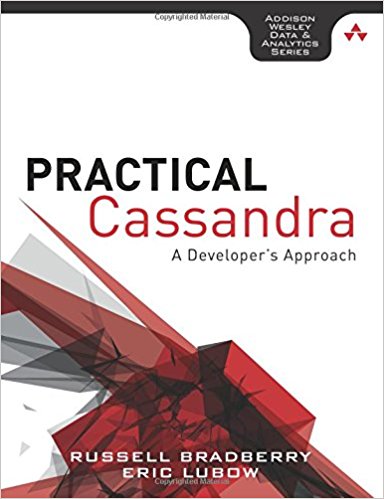Date: 15 Feb 2007
There are complex and simple firewalls. They can be as simple or as in depth as one is willing to put the time and effort into learning and configuring them. The simple firewalls being to just allow or drop packets based on protocol or source or destination IP. The complex being that which deals with QoS (Quality of Service) or the L7 packet classification filter.
| Vitals: | |
|---|---|
| Title | Designing and Implementing Linux Firewalls and QoS using netfilter, iproute2, NAT, and L7-filter |
| Author | Lucian Gheorghe |
| Pages | 288 |
| ISBN | 1-904811-65-5 |
| Publisher | Packt Publishing |
| Edition | 1st Edition |
| Purchase | Amazon |
Audience:
In order to have a complete understanding of exactly how well this book covers each of the topics it delves into, one has to have a certain understanding of firewalls and the necessary uses for its components.
Summary:
As is reminiscent of many of the books written by authors for Packt Publishing, the first chapter begins with descriptions and re-introductions to many of the basic networking concepts. These include the OSI model, subnetting, supernetting, and a brief overview of the routing protocols. Chapter 2 discusses the need for network security and how it applies to each of the layers of the OSI model.
Chapter 3 is when we start to get into the nitty gritty of the routing, netfilter and iproute2. Here is where the basics of tc is covered including qdiscs, classes, and filterers. This is where the examples start coming. The real world examples used throughout the book are what makes the book easy enough to not only understand, but also apply to your network. Chapter 4 discusses NAT (Network Address Translation) and how it happens from within iptables. It also discuesses packet mangling and talks about the difference between SNAT (Source NAT) and DNAT (Destination NAT). The real life example in this chapter discusses how double NAT may need to be used when implementing a VPN (Virtual Private Network) solution between end points.
Layer 7 filtering is the topic of Chapter 5. Layer 7 filtering is a relatively new concept in the world of firewalling. The author tackles it right from square one. He talks about applying the kernel and IPTables patches (which have the potential to be very overwhelming concepts). One of the neat concepts that the author chooses to use in the example for this chapter is bandwidth throttling and traffic control for layer 7 protocols like bittorent (a notorious bandwidth user). He also covers some of the IPP2P matching concepts and contrasts it to using layer 7.
Now is where to get to the full fledged examples. The first is for a SOHO (Small Office Home Office). It covers everything from DHCP, to proxying to firewalling and even traffic shaping. Next is a medium size network case study. This includes multiple locations, servers providing similar functionality with redundency, virtual private networks, ip phones and other means of communication, and the traffic shaping and firewalling for all these services. He also discusses a small ISP example. The book finishes up by discussing large scale networks and creating the same aspects as for the medium and small sized networks. The difference is that now the ideas are spread across cities, Gigabit ethernet connections, ATM, MLPS and other high speed methods of high speed data transfer. There is even information on Cisco IOS and how their routers can be deployed in large scale networks. The lower level routing protocols like BGP and firewalling and routing servers like Zebra. And he finishes up with one of my favorite topics, “security.”
Opinion:
Although this book covers some of the most difficult topics with regard to the internet, networking, security, traffic shaping, and general network setup, it is handled very well. Each chapter begins with a summary of information that needs to be known and understood for the coming chapter. I was able to put this book to work immediately (even before finishing it) with the need to traffic shape the network traffic in an office which required better VoIP (Voice Over IP) support.
I would recommend this book to anyone and everyone who has any responsibility for a firewall or network of any kind. One of the best aspects of the book is how up to date it is. It uses the 2.6.12 kernel for applying the layer 7 kernel patches. The ideas and concepts in this book will be valid and current for a long time, especially since most of the major protocols that the book covers like bittorrent and other P2P applications that are prevalent in our networks. If you have anything to do with networking at all, I strongly suggest getting your hands on this book. If not to understand the networking and traffic shaping concepts, then at least for a reference.

